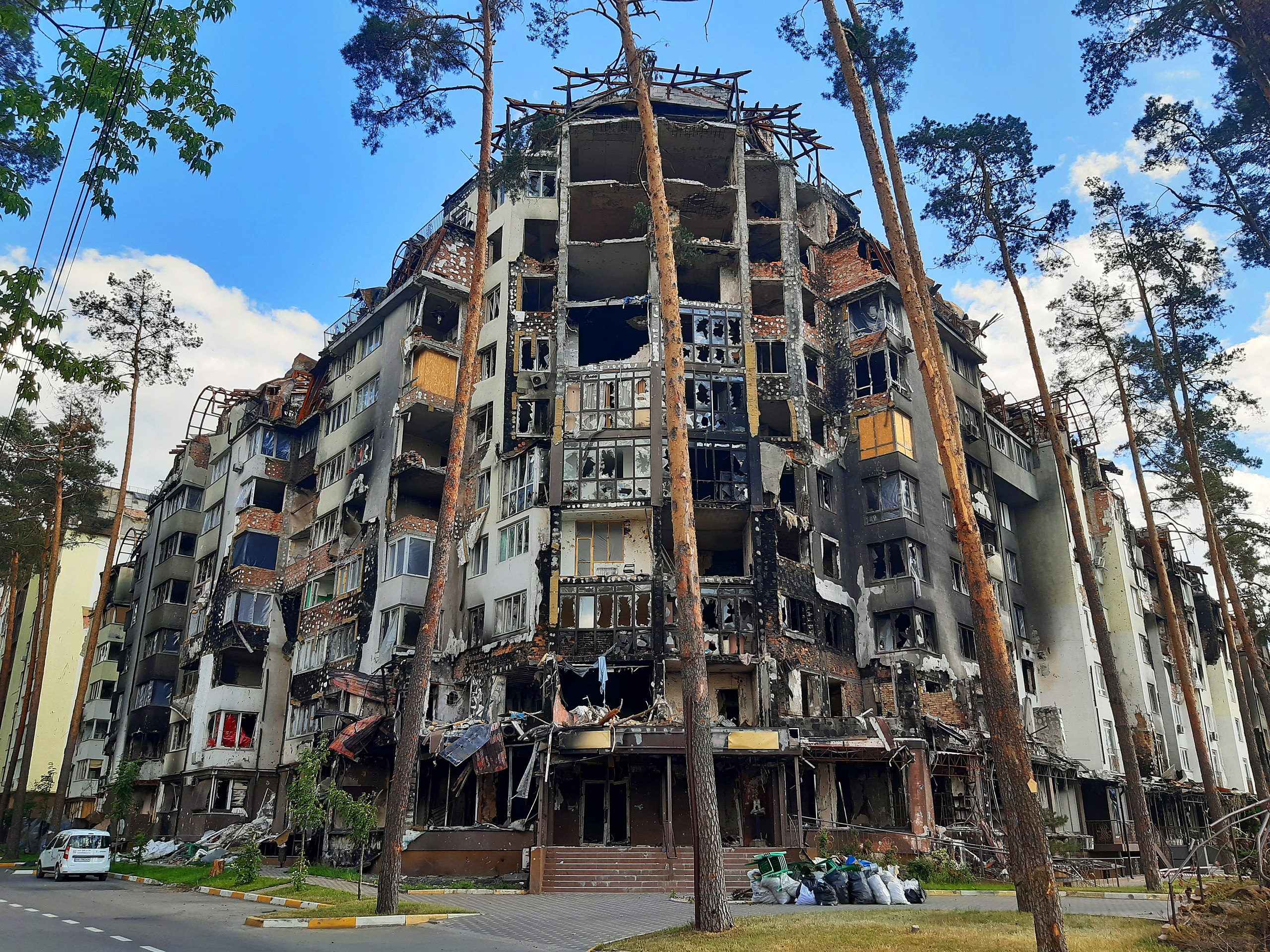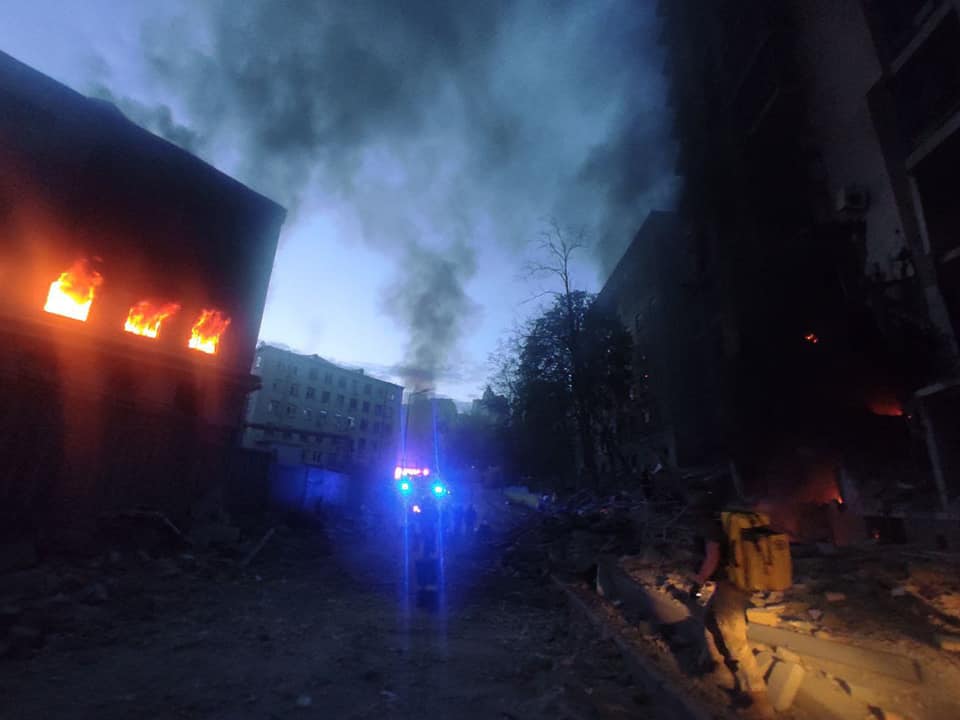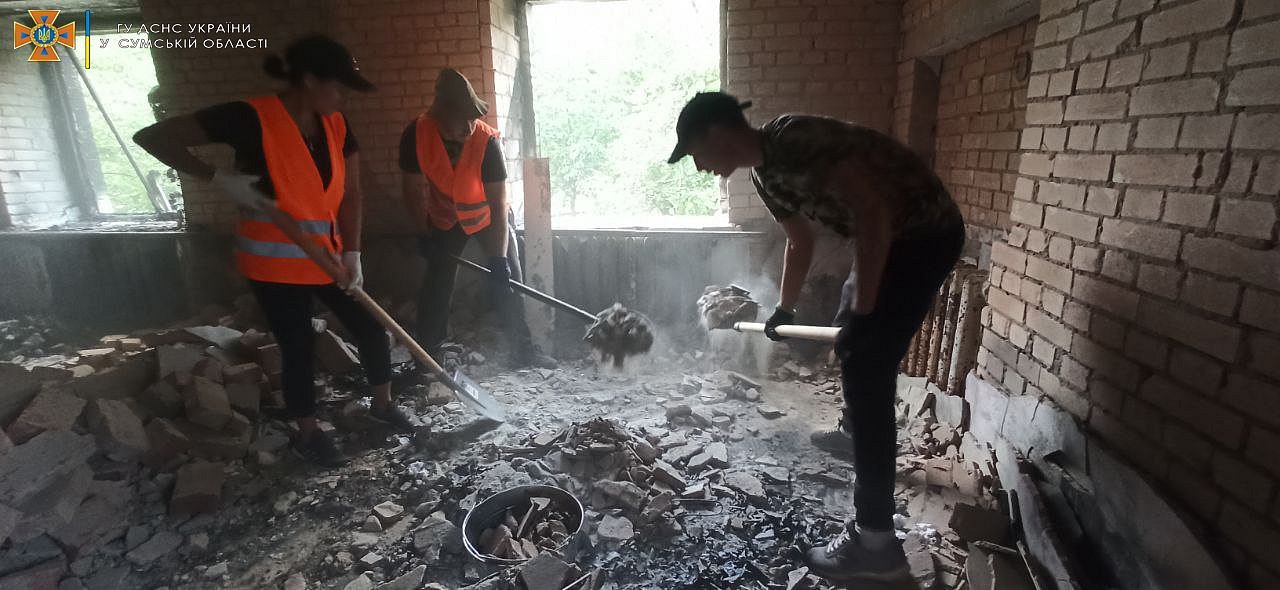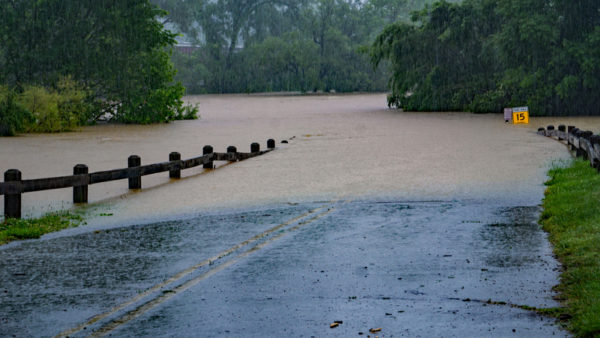
As Ukraine’s allies work out how to coordinate an eventual reconstruction of the country, the cost of the damage inflicted by Russian forces on its buildings and infrastructure stood at $127bn in September, according to an analysis by the Kyiv School of Economics (KSE).
Housing accounted for the biggest share of the damage at 39.7% of the whole with a cost of $50.5bn. Some 135.8 thousand residential buildings have been damaged or destroyed, among them 119.9 thousand individual homes and 15.6 thousand apartment buildings.
That represents just over 7% of Ukraine’s entire housing stock.
The next biggest share was transportation infrastructure at 27.7% of the whole with a cost of $35.3bn. Of that, the direct destruction of roads accounted for $26.6bn and damage to railways accounted for $4.3bn.
In September, Ukraine’s infrastructure minister told Voice of America that 320 bridges had been destroyed since Russia invaded in February.
Business and industrial property was the next biggest item, sustaining $9.9bn in damage, followed by $7bn in damage to educational assets.
KSE said 1,270 schools had been damaged or destroyed along with 978 healthcare facilities.

The cost of damage to utilities, including 10 thermal power plants, stood at $2.3bn.
KSE’s analytical team worked with World Bank specialists and various Ukrainian government ministries to make its assessment using data from local authorities.
Already out of date
The $127bn figure is already out of date as the war continues, especially given Russia’s intense bombing of civilian infrastructure during October.
Last month the UN estimated that 6,114 Ukrainian civilians had been killed since the invasion began, with 9,132 injured.
It said some 7.78 million Ukrainians have fled the country, while 7.7 million are displaced internally.
A ‘Marshall Plan’ for Ukraine
Ukraine’s allies, meanwhile, have yet to settle on a plan for delivering what will be a collosal reconstruction effort.
In August the World Bank and the European Commission jointly estimated it would cost $349bn, around 1.6 times Ukraine’s GDP. The idea is that countries of the EU, the G7 group of rich democracies, other allies of Ukraine, Russia itself, through reparations, and international financial institutions would contribute to the fund.

This year, proposals for how to deliver what the European Commission calls a “Marshall plan for Ukraine” have been floated by the World Bank, the European Commission, various think tanks and Ukraine itself, which proposes a 10-year, $750bn initiative.
Experts from the Brookings Institution note that all proposals agree that reconstruction should be predicated on transparency and institutional reform to root out the corruption that plagued Ukraine before the invasion. “De-oligarchization”, is how the Ukrainian proposal described it.
They also agree that reconstruction and reform should be oriented toward integrating Ukraine with the EU.
But, according to the Brookings Institution experts, there are different views about who should be in charge of coordinating and monitoring the effort, be it the US through the G7 or the European Commission.
Three conferences involving the G7, the European Commission and donor countries have been held since July, but the matter remains unresolved. A fourth is due to be held in London at some point in 2023.
Further reading:











